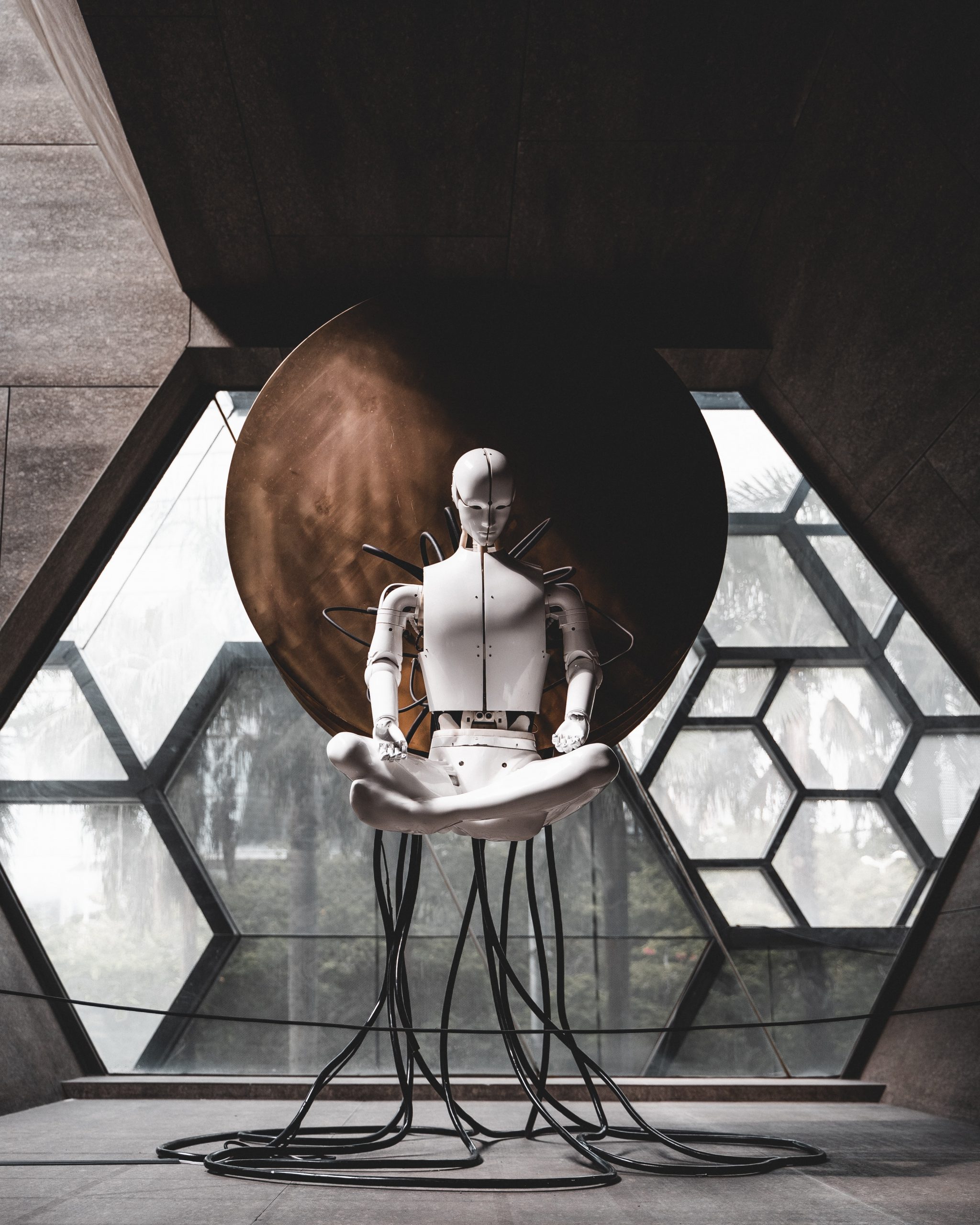Artificial Intelligence and the Future of Architecture
With the world getting in sync with the fourth industrial revolution, technologies like Artificial Intelligence, Big data, machine learning are quickly becoming the talk of the town. The immense excitement surrounding these technological advancements is mainly because of the changes they will bring to our world. Architecture is no different; AI and machine learning are going to revolutionize our perception of design.
Artificial intelligence is a system that can perform tasks typically requiring human intelligence, such as visual perception, speech recognition, decision-making and language.
Welcome to the future of architecture! Here are five ways AI is changing architecture:
1. Easy Researching and Testing
It can be daunting for an architect to spend hours researching the design intent of the project at hand and of projects undertaken in the past. Thankfully, architects won’t have to go through all the hassle once AI gets into the picture.
With limitless data processing through AI, architects can go through different models, testing several ideas at the same time, with no difficulty at all. AI is going to change the basics of architectural practice, replacing the pen and paper architect swarming through a sea of folders.
With appropriate use of AI, an architect could get their hands on all zoning data, building codes, disabled design data and generate design variations that also follow a particular design vocabulary, offering countless options.
2. Increased popularity of Parametric Design
The parametric design is a term used to describe a system of design that allows you to play with specific parameters to create different outputs according to the demand and create forms and structures that would not have otherwise been possible.
The magic wand of AI gives the architect the ability to pick their design output, set constraints, plug data, and create numerous versions of their product or building within minutes!
With AI in architecture, handling disparities and optimization becomes easy, resulting in a design more efficient than ever!
3. Easier and Faster Construction
Time is a valuable asset. By using AI, architects can significantly make the process of planning more straightforward than ever, giving them access to detailed data, creating models, interpreting the building environment and providing near-accurate cost estimates. All this information is a valuable resource for an architect during the designing and planning phase of the project.
Researchers at MIT are creating AI-powered drones that can communicate with each other to construct small models. It is only a matter of time before AI takes over construction entirely!
4. Establishment of Smart Cities
As if straight out of the Sci-Fi genre, Smart cities will be places driven by real-time data and feedback, a system communicating with itself like a live organism, run efficiently by technologies like AI.
With an intricate network of efficient data flow, cars, traffic signals, streets, and buildings will work together to minimize jams, accidents and streamline the functioning of the city as a whole. This trend is already making its appearances in some of the most advanced cities in the world!

5. Living with AI
When you have Smart cities in place, it is only apparent to engage the conversations surrounding Smart homes.
Architects can use AI to improve the user experience significantly. Not only can AI be used in the construction and planning of the house, but it can also be an essential tool optimizing the functioning of the house to the client’s maximum advantage.






